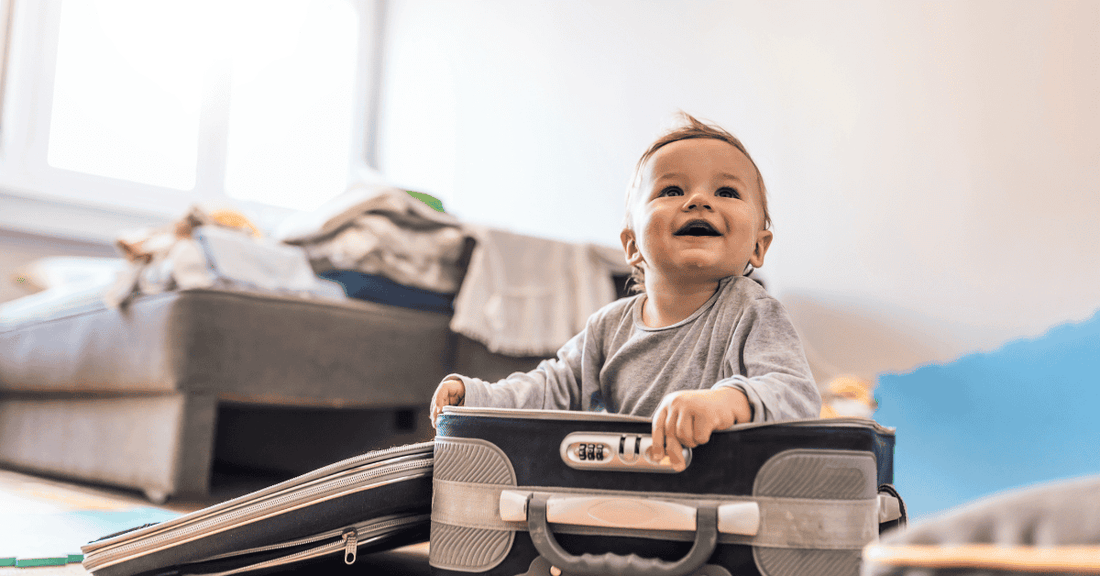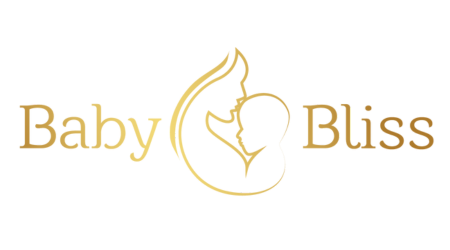
The Ultimate Guide to Baby Travel Essentials
Traveling with a little one can feel like packing your whole house into a carry-on. The good news? With a few smart choices (and a calm, flexible mindset), you can make the journey smoother for everyone. Below you’ll find practical, mom-tested tips on baby travel essentials.
1. Start with “pack light, pack right”.
Babies need less than we think—just the right things, in the right places. Use a structured diaper bag with wet/dry pockets and stroller clips so you’re not rummaging at the worst moment. Group by need: diapering (wipes, nappies, cream), feeding (bottles, bibs, burp cloth), comfort (blanket, pacifier), and paperwork (IDs, insurance).
2. Diapering anywhere (without the stress).
Public changing tables aren’t always available—or clean. A portable changing pad turns any flat surface into a quick station, protects baby, and speeds up changes on planes, in cars, and during layovers. Keep a mini “rapid-change kit” (pad + 2 nappies + travel wipes + cream) in an outer pocket for one-hand grabs.
3. Feeding on the move (breast or bottle).
Travel throws off rhythms. If you breastfeed, a travel-friendly nursing cover creates a cozy bubble that reduces distraction during airport feeds. If you bottle-feed, pre-measure formula and keep clean water ready where permitted; ready-to-feed cartons can simplify flight days. Keep night feeds dim to avoid overstimulation.
Tip: For flights, feeding during takeoff and landing can help with ear pressure. HealthyChildren (AAP) offers specific flying-with-baby FAQs and prep tips. (HealthyChildren.org)
4. Safe, comfy sleep away from home
Recreate familiar cues: same swaddle/blanket, a simple lullaby, and white noise. Aim for flexible routines, not rigid schedules—travel days are unpredictable. If baby nods off in a car seat en route, transfer them to a flat, clear sleep surface once you arrive. (Car seats are for travel, not prolonged sleep once you’re stationary.) (mkuh.nhs.uk)
5. Car & flight basics that lower your stress

-
Car: Correctly sized, rear-facing car seat as long as possible per seat limits; everyone buckled every ride. (American Academy of Pediatrics)
-
Flight: AAP notes the safest option is your baby in their own seat, secured in an FAA-approved restraint; check airline policies on bringing car seats and gear. Gate-check strollers when allowed. (HealthyChildren.org)
-
Ears: Offer breast/bottle/pacifier for takeoff and landing to ease pressure. (Many NHS family services echo this practical tip.) (Derbyshire Family Health Service)
6. The master checklist (carry-on/diaper bag)
Diapering & cleanup: Nappies (1 per hour of travel + a few extra), travel wipes, cream, portable changing pad, nappy sacks, 2 baby outfit changes + 1 spare top for you.
Feeding: Nursing cover, bibs, burp cloths, bottles, formula/ready-to-feed or expressed milk, snack cup/sippy (age-appropriate).
Comfort & sleep: Light blanket/swaddle, pacifier with clip, small lovey, white-noise app downloaded, pram shade.
Health & safety: Digital thermometer, plasters, any prescribed meds in original packaging, baby-safe sunscreen (age-appropriate).
Parent sanity savers: Power bank, chargers, reusable water bottle, snacks, document pouch (passports/IDs/insurance).
Flying with liquids for baby? UK NHS trusts generally note you can take what you need for the journey (baby food, milk, sterilised water)—check your departure airport for specifics. (sussexcommunity.nhs.uk)
7. Age-by-age tweaks
- 0–3 months: Extra muslins, soft layers, shorter intervals between changes; prioritize warmth and closeness.
- 3–6 months: Teethers, drool bibs, a foldable play mat for stretches.
- 6–12 months: More wipes, snacks (if appropriate), compact toys/books, high-chair cover.
- Toddlers: Sticker books, spill-proof cups, small first-aid restock.
8. Common travel hiccups (and quick fixes)
- Blowout at 30,000 feet? Rapid-change kit + spare outfit in a zip bag.
- Baby too stimulated? Nursing cover as a gentle shade, soft hum/white noise, slow rocking.
- Spit-up streak? Layer a bib + muslin; keep your spare top accessible.
- Overheating? Light layers, airflow, fluids as appropriate; shade when possible.
9. Your gentle reminder
This isn’t about perfection. It’s about being prepared enough to pivot calmly when plans change (because they will). You’ve got this.
Reputable resources
-
HealthyChildren (AAP): Flying with Baby FAQs; Travel Safety Tips. (HealthyChildren.org)
-
NHS family services: Practical travel notes on flying with babies, documents, ear pressure, and safe gear use. (Derbyshire Family Health Service)
More from us:
